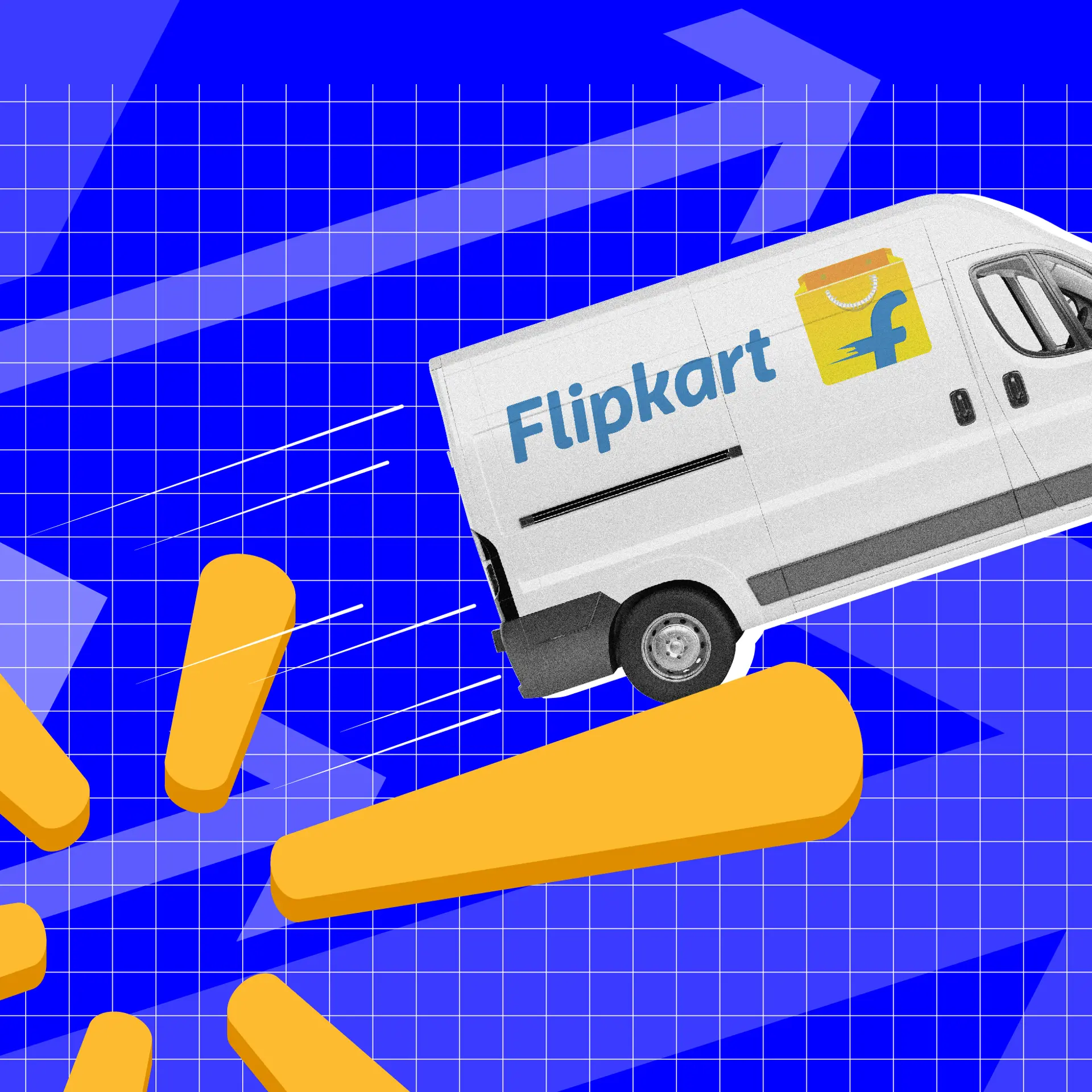Sleepyhead is taking the pain out of mattress shopping
Sleepyhead, a subsidiary of mattress brand Duroflex, was launched in 2018 to make the seemingly tedious task of buying mattresses easy.
One of the toughest parts of being an adult is finding furniture that suits one’s mood but doesn't leave a big hole in the pocket.
Sleepyhead, a mattress D2C (direct-to-consumer) brand based in Bengaluru, understands the pain points in furniture buying.
Founded in 2018 by cousins Mathew Chandy, Mathew Joseph, and Jacob George, is a subsidiary of the Indian mattress brand . The company says its proprietary three-layered, orthopaedic memory foam mattress has become a hit among young adults.
Today, with more than 200 employees, the brand offers products such as bedding accessories, sofas, recliners, beds and others. It competes with the likes of SleepyCat, Wakefit, Wakewell, and Sleepwell.
In October 2021, Duroflex raised $60 million from Norwest Venture Partners for its house of brands Duroflex and Sleepyhead.
Anshul Jain, the Managing Director at Lighthouse Funds and investor in Duroflex commented about her confidence in Sleepyhead.
“We saw the potential of the bed-in-a-box concept as an innovative solution for this category that was seeing younger, digitally savvy consumers. We found great synergies with the team at Sleepyhead who came with deep category expertise and a commitment to drive innovation in this space,” she said.
In FY21, Sleepyhead posted a revenue of Rs 84.84 crores according to its revenue filings with the Ministry of Corporate Affairs.

Sleepyhead's sofa-cum-bed solutions
In a conversation with YourStory, Mathew reveals the brand’s growth and future plans.
Edited excerpts:
YourStory (YS): What was the idea behind Sleepyhead?
Mathew Joseph (MJ): Sleepyhead was born out of the question: how to make buying furniture like mattresses sound interesting when it is traditionally considered a boring and tedious task?
We wanted to tap into the potential customer base of first-time buyers and offer them good quality sleeping solutions at affordable prices.
YS: How do you stand out from competitors, one of them being your parent company Duroflex, itself?
MJ: The most significant difference between Sleepyhead and companies like Duroflex is the target audience. Brands like Duroflex have established themselves in the offline market space. Our target audience is people who have access to the internet and eCommerce.
Sleepyhead is one of the few D2C brands in the category that is 100 percent backward integrated. This means that we manufacture our own raw materials such as foam.
YS: What is the manufacturing process for the mattresses?
MJ: At the raw material stage, we conduct stringent quality tests of the manufactured foam and the fabric of the mattress to ensure its durability and warranty.
Since our mattresses come in a unique vacuum compressed Bed-In-A-Box format, we do a compression and shelf-life test for each and every mattress to ensure 100 percent recovery to its original state while unboxing.
The fabric goes through multiple checks like abrasion check for durability, pilling test for a long-lasting finish, iron test to understand the impact of heat, and washing test to check shrinkage and colour bleed.
As a finished product, the mattress then goes through a rollator test in which real-life usage conditions are replicated by the machine for its warranty assessment. This way we are able to make warranty promises that are backed by science.
Once the mattress passes the quality, durability and warranty test, we also test the sleep quality and body support it provides by doing product testing with a consumer panel. This rotating panel regularly uses and tests our products such that we can build on feedback and user data to improve the product.
YS: What challenges did you face while building a mattress brand?
MJ: The biggest challenge was how to appeal to the tech-savvy netizens, especially the Gen Z and the millennials, and make buying a mattress look like an experience rather than a task.
We had to delve deeper into the pain points of buying mattresses—hidden shipping charges, logistical issues, high cost, low durability and others. These pain points made the entire process of buying a mattress very boring. So our task was to generate creative and quirky content and to appeal to the netizens and upcoming generations.
We also wanted to develop products that were ecommerce friendly. Often mattresses require big vehicles because they cannot be folded. So we came up with a foam technology that could be rolled into cylindrical shapes to put into small boxes and when unfolded, they would get decompressed and come back to the original size. These smaller boxes make it easier logistically as well.

Sleepyhead solutions
YS: What does the future look like for Sleepyhead?
MJ: At the moment, our focus is to diversify our products beyond mattresses. We want to become a one-stop D2C brand for comfortable furniture at affordable prices.
With the spread of the internet far and wide into the country, people in smaller cities and towns are exposed to content that builds their aspirations for a certain lifestyle and certain products. Moreover, the pandemic made many people leave the cities to return to these small towns. As a result, 55 percent of our sales are also coming from such towns and cities.
So, one of the tasks at hand is to make shipping our products faster to the Tier II and Tier III cities.
Edited by Affirunisa Kankudti









